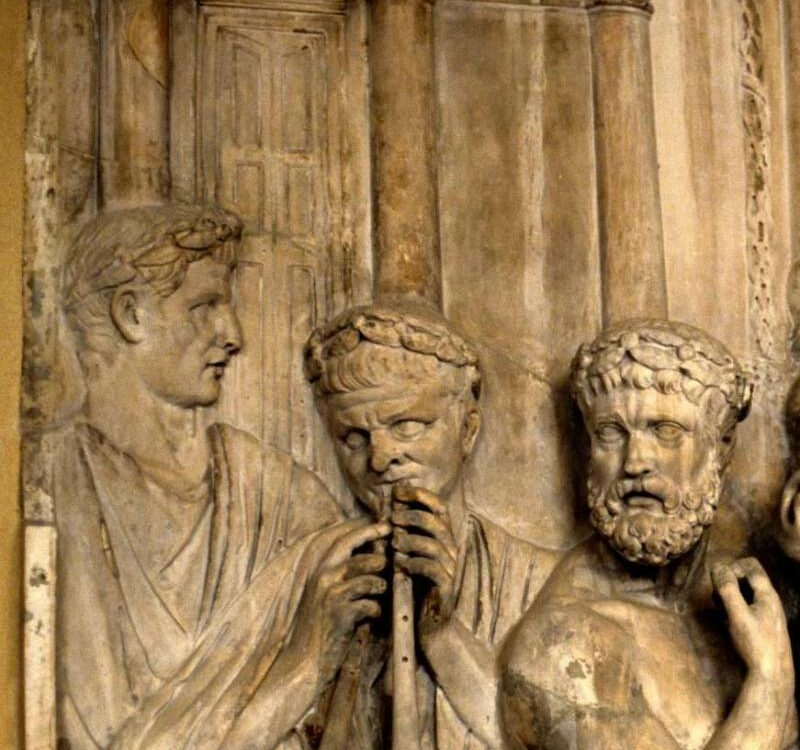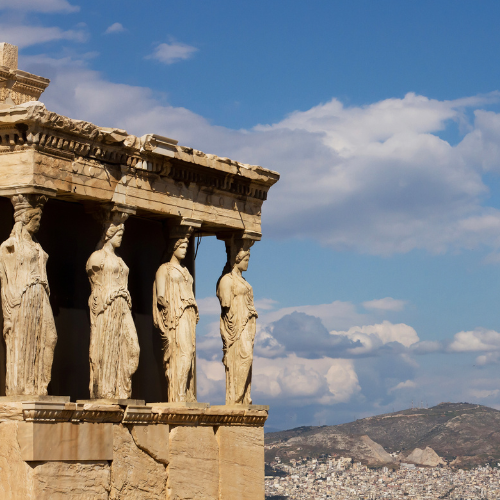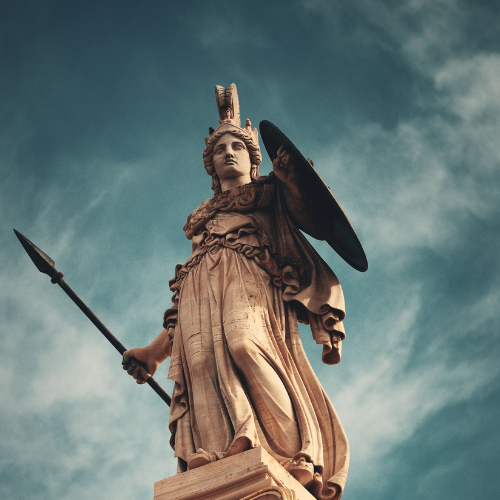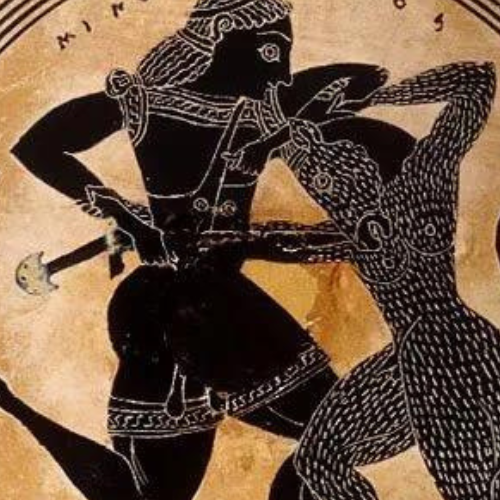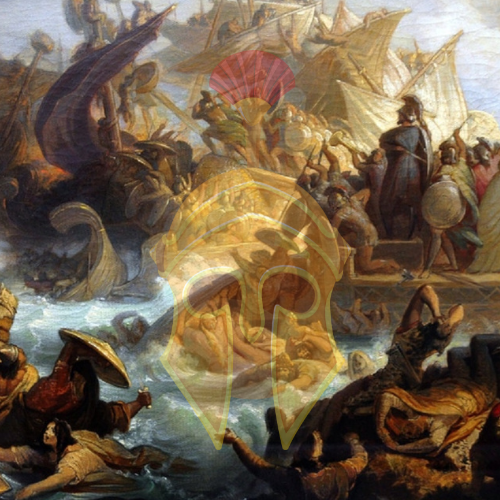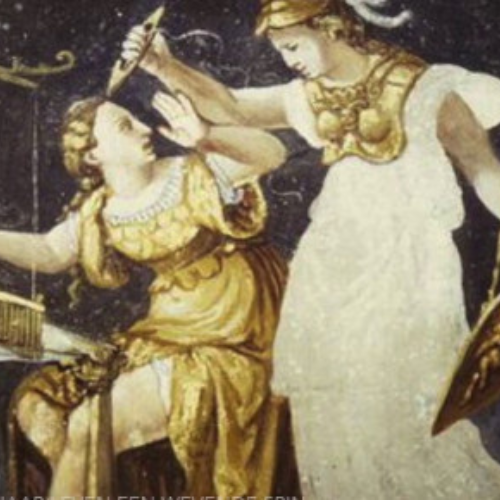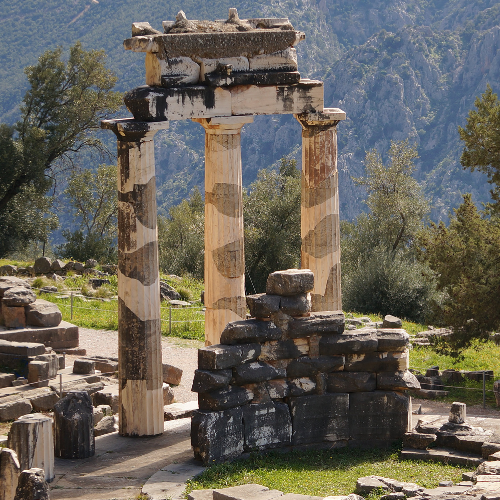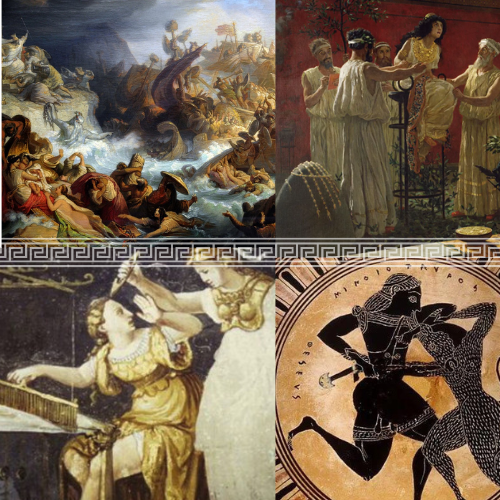The Historical Eras of Athens Athens isn’t just a city—it’s […]
How a Tyrant’s Vision Shaped Athens for Centuries Long before […]
Introduction The Temple of Cronus and Rhea stands as a […]
“…that part of the soul which partakes of bravery and […]
Introduction The Erechtheion, a temple of exquisite architectural detail and […]
Introduction In the shadow of the majestic Athens Acropolis, myths […]
Introduction: The Tale of Theseus and the Minotaur The myth […]
Introduction The Persian Wars, a pivotal series of conflicts in […]
Introduction Diving into the rich background of Greek mythology, the […]
Historical Background of the Oracle of Delphi and the Athens […]
Introduction This sacred rock of Athens Acropolis crowned with timeless […]



